The 5 Best Foods to Eat After a Workout

Recover right with the best foods to eat after a workout - Registered Dietitian Matt Kadey lists the top recovery foods. (Photo: Getty Images)
Best Foods To Eat After a Workout
Winning performances aren’t only made during training sessions. What you eat after a workout is just as important – if not more important – as the activity itself. Dialing in your post-workout nutrition lowers muscle soreness, builds more muscle, elevates immune system functioning, and replenishes spent energy reserves (a.k.a. glycogen) — all critical for priming your body for future brag-worthy workouts and better performance. You’ll find the effects reach beyond physical performance too – nutrition can also promote general feelings of overall well-being.
Sports nutrition science has uncovered several of the best foods to eat after a workout. If you want to drain the pain following a training session, reach for these items that will soothe a battle-worn body and up your recovery game.
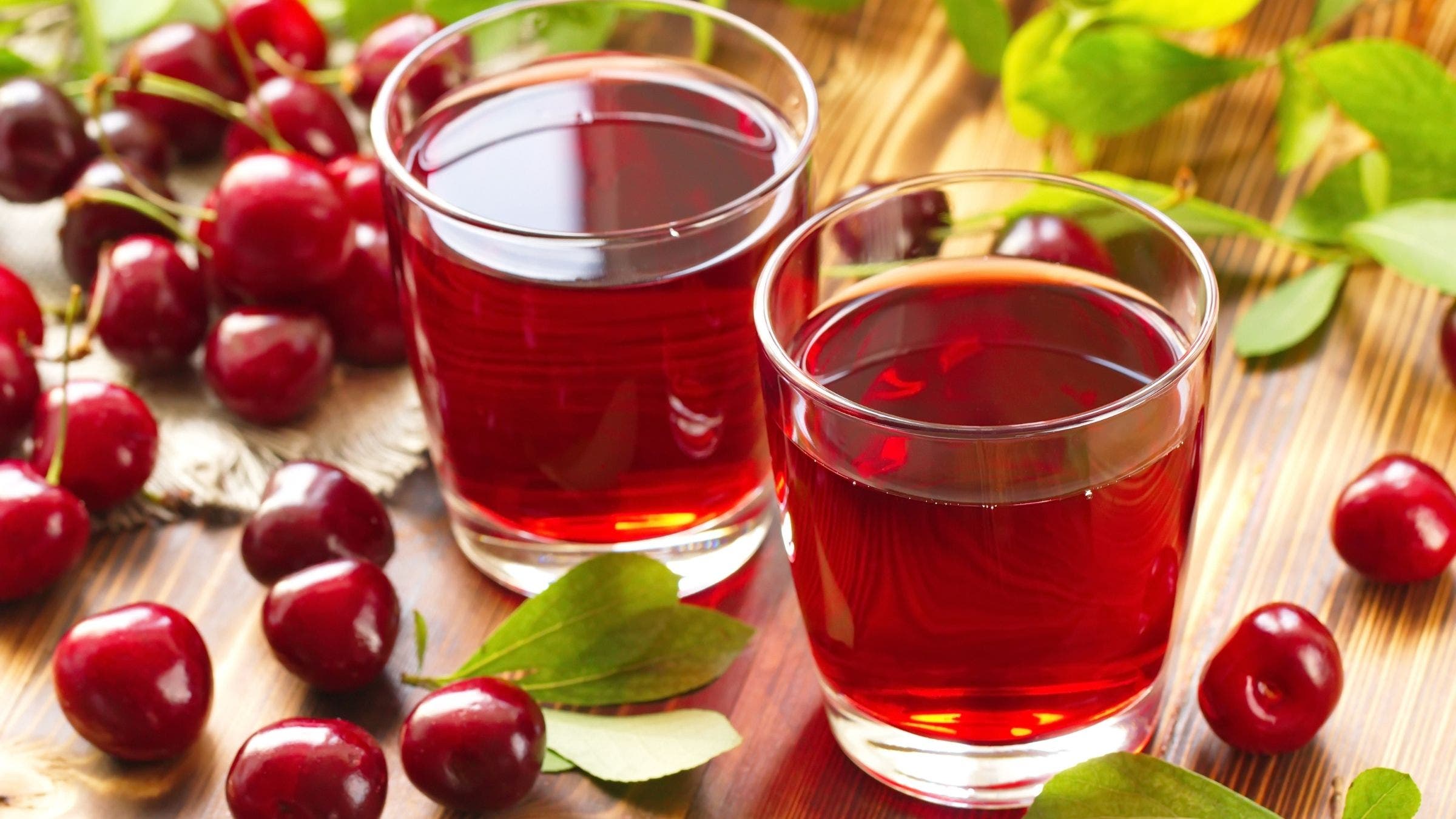
Tart Cherry Concentrate
In recent years, there has been a bundle of research suggesting that tart cherries deliver some robust recovery benefits that could help take your performance to new levels. An investigation in the Scandinavian Journal of Medicine and Science in Sports found that when runners consumed tart cherry juice in the days surrounding a marathon, they experienced less inflammation and oxidative muscle damage as well as faster muscle strength recovery. A 2021 paper in the International Journal of Sports Nutrition and Metabolism determined that there is enough evidence that supplementing a diet with tart cherry can improve a number of recovery measures that indicate accelerated adaptation to training, including lowering delayed onset muscle soreness, helping tired muscles regain their power quicker, improving subsequent run sprint time and lowering levels of compounds like C-reactive protein that are an indication of inflammation. A meta-analysis of previous research found that tart cherry juice, in the form of concentrated liquid or powder, can improve endurance performance, perhaps due to its anti-inflammatory and blood flow boosting powers, but the key is that you need to take it for several days leading up to the big workout.
Why can the sour drink help juice your workouts? Tart cherries, particularly the Montmorency variety, contain a variety of polyphenolic compounds that can through their antioxidant actions improve how muscles respond to exercise. For instance, they can lower the oxidative damage that intense exercise can inflict on muscle cells. The stuff may even improve your sleep quality (perhaps by increasing melatonin levels), which we now know is a key part of the recovery equation. Yes, a chunk of the research is industry funded, but the science seems pretty solid.
If you really want to go deep on tart cherry antioxidant firepower, use a tart cherry concentrate product which is even denser in recovery-boosting compounds than juice since it has had much of its water evaporated away. And it’s natural sugar content can aid in restocking your glycogen stores. A great option is Cheribundi Pure Concentrate which has some serious antioxidant firepower by packing in 40 tart cherries in each pouch. Cherry Lane is another option for the concentrated stuff. If going with juice for your recovery plan be sure to select brands that are 100% tart cherry juice to avoid any cheap fillers like apple juice.
What to drink after a workout
Blend together 1 cup almond milk, 2 tablespoons tart cherry concentrate, 1 scoop chocolate protein powder, 1 tablespoon peanut butter or almond butter, 1/4 teaspoon cinnamon and 1 frozen chopped banana until smooth. Or try these cherry mojito popsicles – they’re the perfect cooldown fuel.
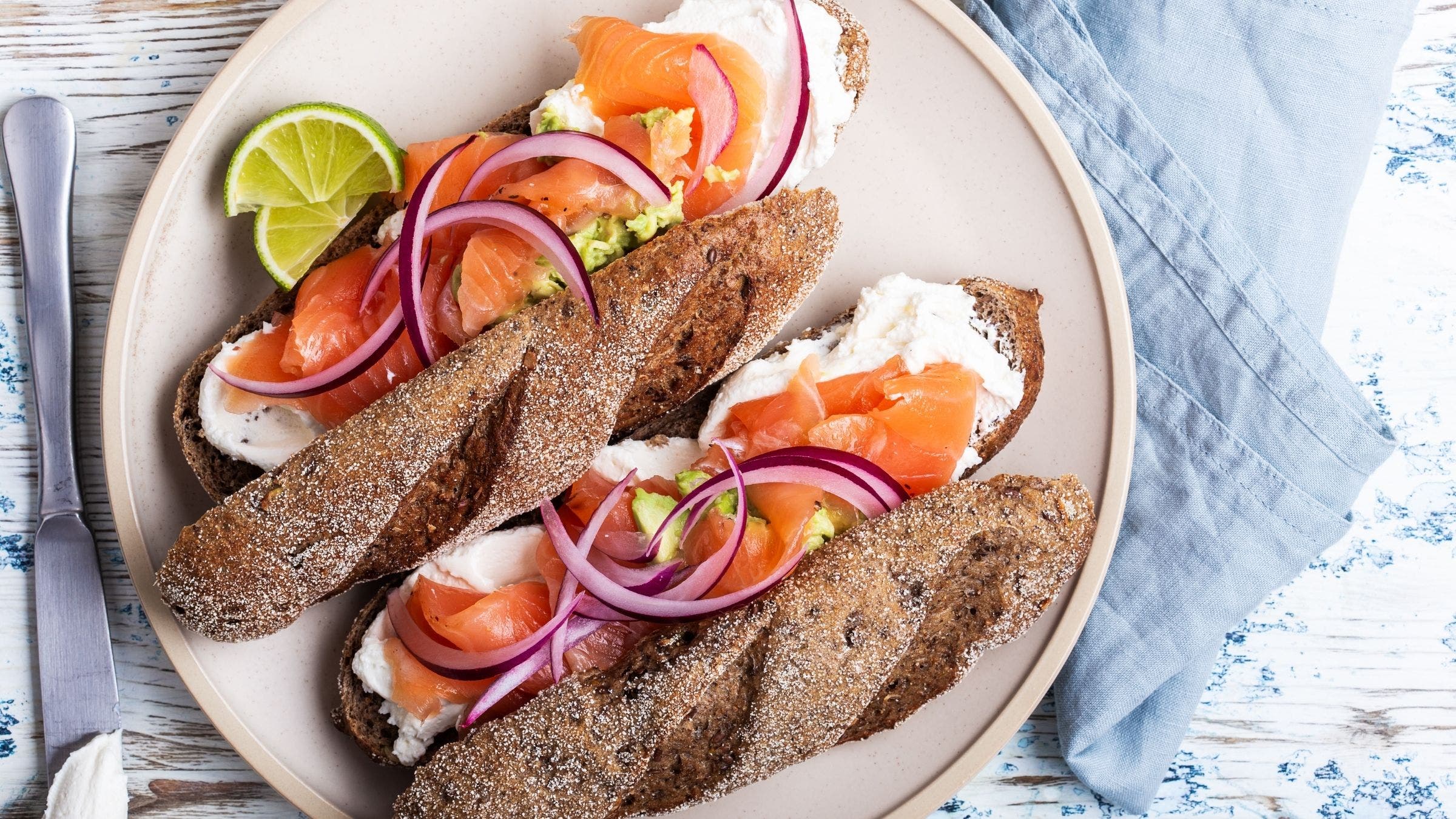
Smoked Salmon
Delicious, velvety smoked salmon requires no cooking after an energy-sapping workout. It also contains one of the highest ratios of the amino acid leucine to total protein content at the supermarket making it especially helpful in stimulating muscle repair and growth. Science shows that of all the amino acids that make up protein, leucine is the most important for firing up muscle protein synthesis, a key part of recovery for building stronger, more injury-resistant muscles. As a bonus, this swimmer is rich in long-chain omega-3 fatty acids that can dampen your post-training muscle soreness. Preliminary research out of the Washington University School of Medicine even suggests these overachieving fats have anabolic properties like amino acids do. Smoked salmon also contains more sodium than fresh fish, which can work in your favor if you’ve just spent hours sweating buckets and need to recoup some of this electrolyte.
What to eat after a workout:
Spread a tablespoon or two of cream cheese on a rice cake, then top with slices of smoked salmon.
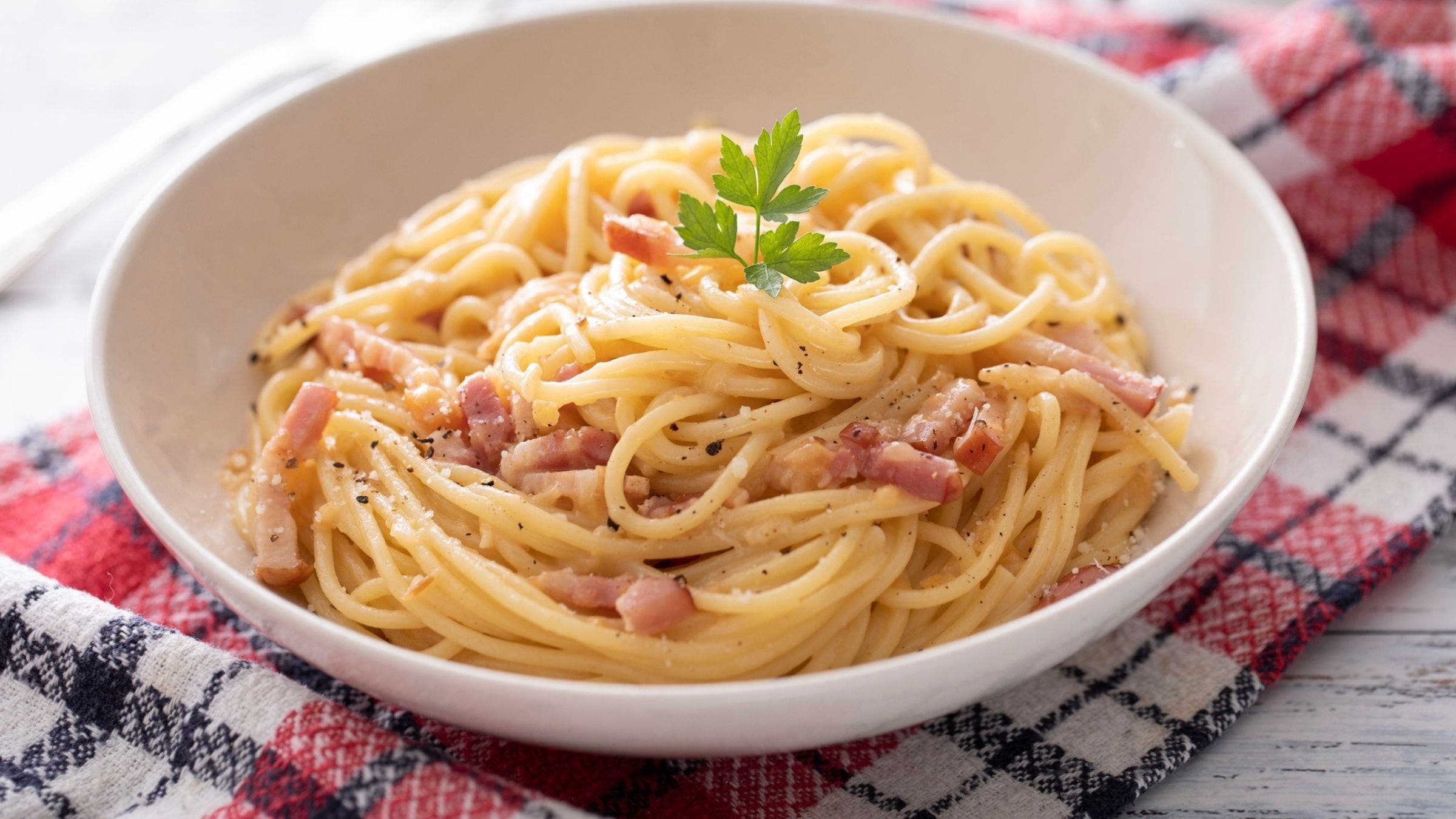
Pasta
More proof that two-heads-are-better-than-one: pairing up carbs and protein after you have just finished a hard-charging workout will likely result in greater measures of recovery. Replenishment of muscle glycogen and rates of muscle protein synthesis are higher when you do this, compared to what would occur if just one of these macros was consumed. That’s beacuse taking in both protein and carbs following a sweat session results in a greater release of insulin, which drives more recovery nutrients into your muscle cells.
But to restock your spent energy stores (glycogen), you need to make sure any calories you are consuming from protein don’t wedge out calories from carbs. This advice comes courtesy of a recent review study in Medicine & Science in Sports & Exercise, which determined that combining carbs and protein post-workout can indeed increase muscle glycogen re-synthesis compared to when only carbs are supplied in a meal. But – and this is a big but – only if those protein calories don’t nudge calories from carbohydrates off of your plate. You still need to eat plenty of carbs after a bout of glycogen-depleting endurance exercise in order to recover properly, which makes carb-dense options like pasta a proven winner. If you are aiming to eat 2 cups of pasta after a big run or ride, you would not want to take away some of this pasta to make room for your meat sauce. A bowl filled with 2 cups of pasta and 1 cup of meat sauce would help you recover better than the same bowl with 1 cup pasta and 1 cup meat sauce.
What to eat after a workout:
For an easy recovery pasta salad, toss cooked rotini or penne pasta in a bowl and mix with canned tuna, a couple of handfuls of baby spinach, sliced cherry tomatoes and crumbled feta cheese. Toss with olive oil and fresh lemon juice. Looking for more spins on your spaghetti? Check out 5 Ways to Upgrade Your Pasta
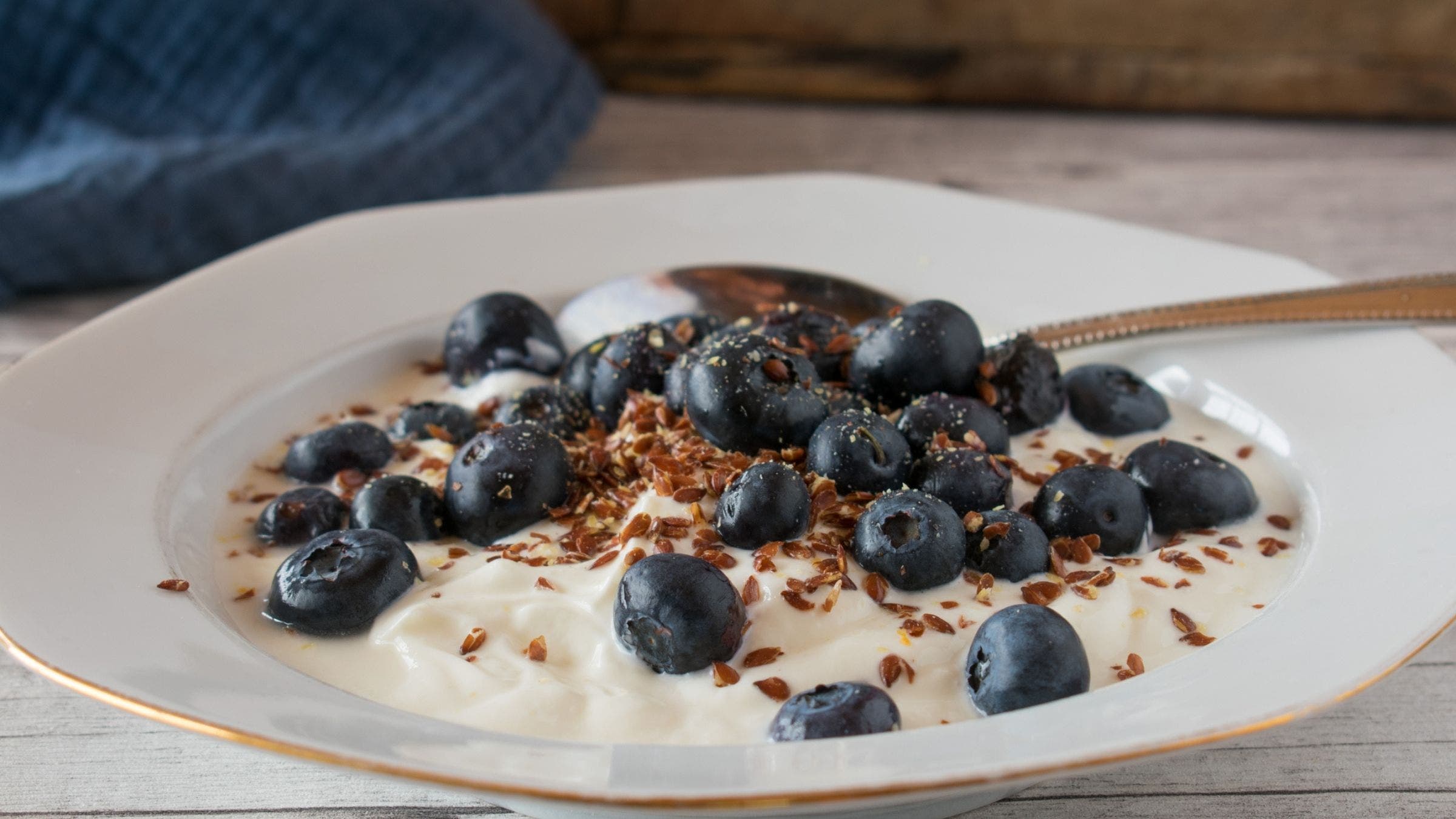
Skyr Yogurt
For decades, most of the research dollars regarding post-workout protein needs went towards studying the needs of people training mostly with weights, and often just college-aged dudes. Finally, we are getting a better sense of what endurance athletes need to eat after working up a sweat. A recent investigation in the American Journal of Clinical Nutrition discovered that 30 grams of protein is a sufficient amount to consume after a bout of heart-pumping endurance exercise to maximally stimulate muscle protein synthesis. Eating beyond this amount didn’t bring about a large enough increase in muscle growth to warrant a recommendation to load up on more than 30 grams.
It’s not Greek, but Icelandic yogurt – or skyr – that stands out in terms of protein. A 150 gram container of the ultra-creamy dairy import can deliver a lofty 16 grams of protein making it an easy way to get you towards your post-exercise needs for this macronutrient. Skyr will also supply a dose of the amino acid leucine which, as discussed, is very important for muscle health when training hard.
What to eat after a workout:
In a bowl, stir together ¾-cup of Skyr yogurt with a scoop of protein powder of choice (this should get you to the magical 30-gram protein mark) and then top with granola and some berries. Or try these 6 Ways to Elevate Your Yogurt.
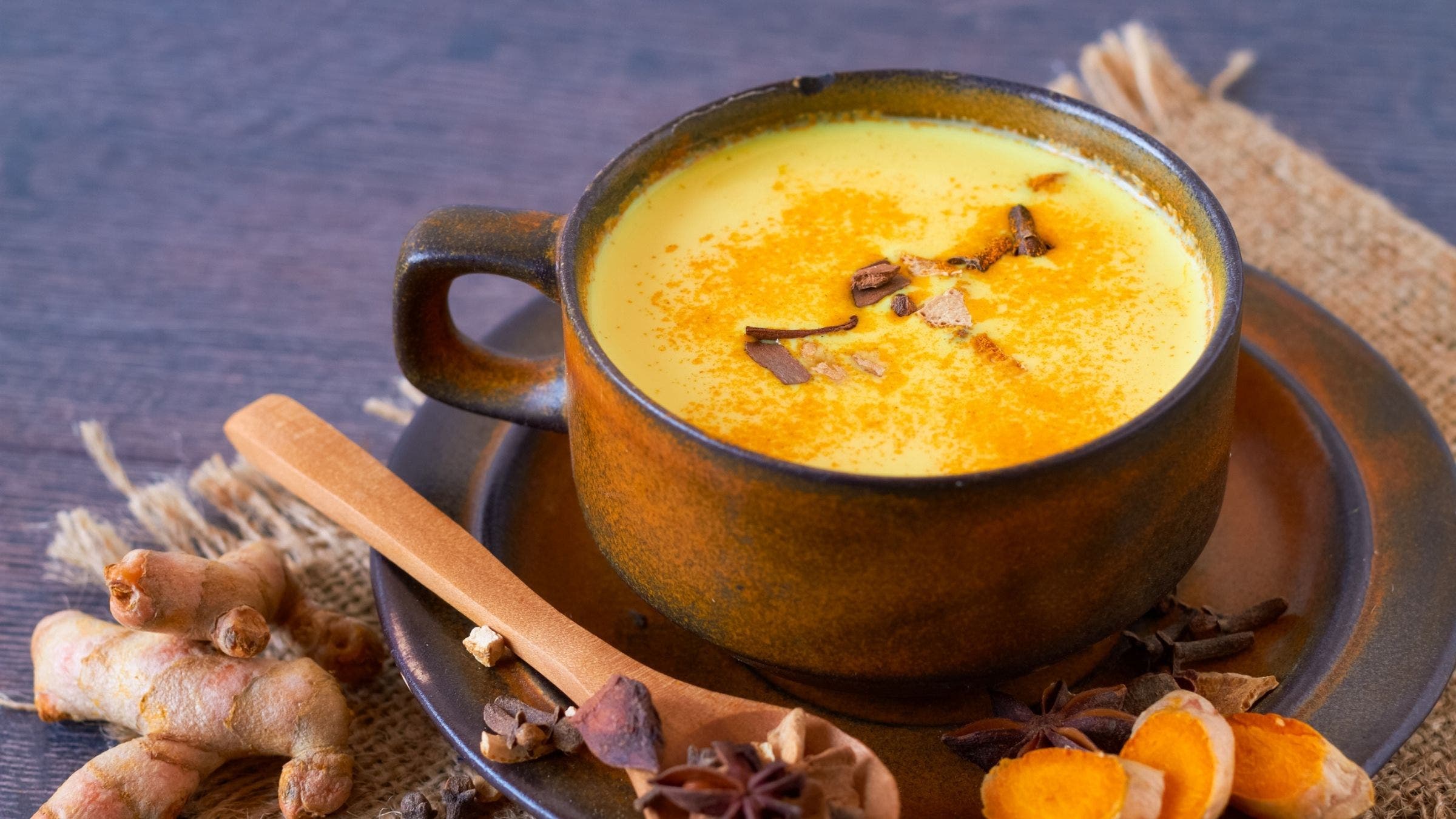
Turmeric
When it comes to eating for recovery, yellow should mean full steam ahead. A team of researchers from Brazil uncovered enough evidence after conducting a meta-analysis of 346 studies to feel confident enough to say that consuming curcumin, the active compound in turmeric, can help active bodies recover more swiftly. The benefits include reducing muscle pain and damage associated with training. This is most likely the result of curcumin’s contribution to the reduction of exercise-induced inflammation and oxidative stress. Interestingly, the use of curcumin could also result in better gastrointestinal functioning, which is good news to any athlete who frequently labors through stomach woes during workouts. Another study uncovered a psychological benefit of supplementing with curcumin in that recreational athletes felt less stress during training sessions, which could not only make working out more enjoyable but also help you push a bit harder for improved fitness gains. No adverse side effects have been reported in the literature so supplementing with curcumin seems to be well tolerated.
Still, there are limitations worth noting. To date, more research has been done on animals than hard-charging athletes, so we need to see more studies using robust methodology using humans before declaring a bowl of curry an athlete’s best meal. Also, how much do you need to take in to see the benefits? The most common curcumin dosage used in the reviewed studies was between 200mg to 500mg daily, likely more than you would get from culinary uses of turmeric. Still, this might be a cue to add a bit more of the spice into your life and consider supplementing with a concentrated source of curcumin when training and racing hard. Two good options from Gaia Herbs are Turmeric Extreme Extra Strength or Golden Milk, which makes for a soothing post-workout warm drink.
What to eat after a workout:
Blend up this ultra-satisfying after-workout golden smoothie bowl: Place ¼ cup coconut milk, 3/4 cup plain or vanilla Greek or Skyr yogurt, 2 teaspoons chia seeds, 1 teaspoon honey, 1/4 teaspoon ginger powder, 1/4 teaspoon turmeric powder, 1 cup frozen mango cubes, and 1 small frozen chopped banana in a blender container and blend until smooth. Pour into a bowl, and add any toppings you like.